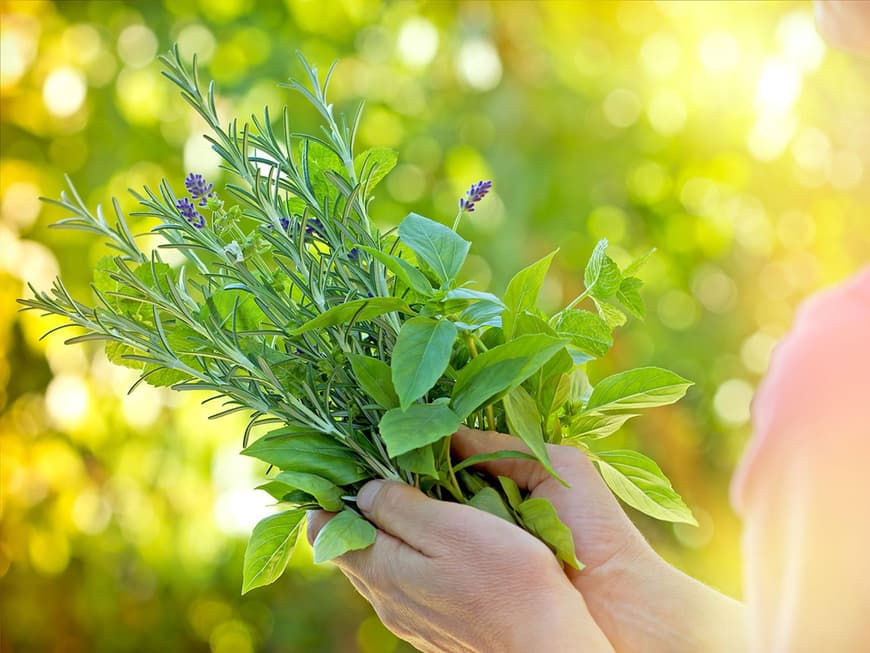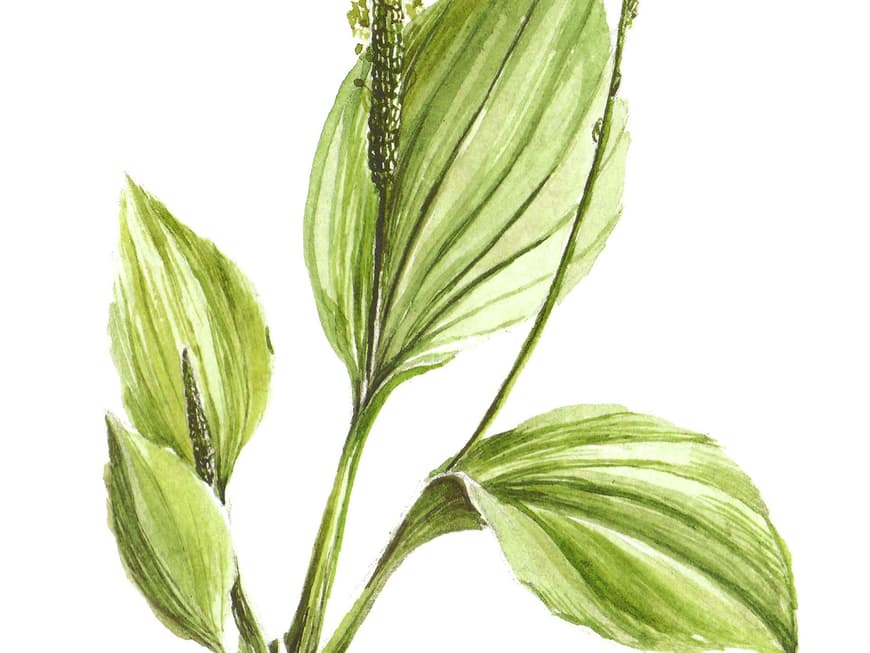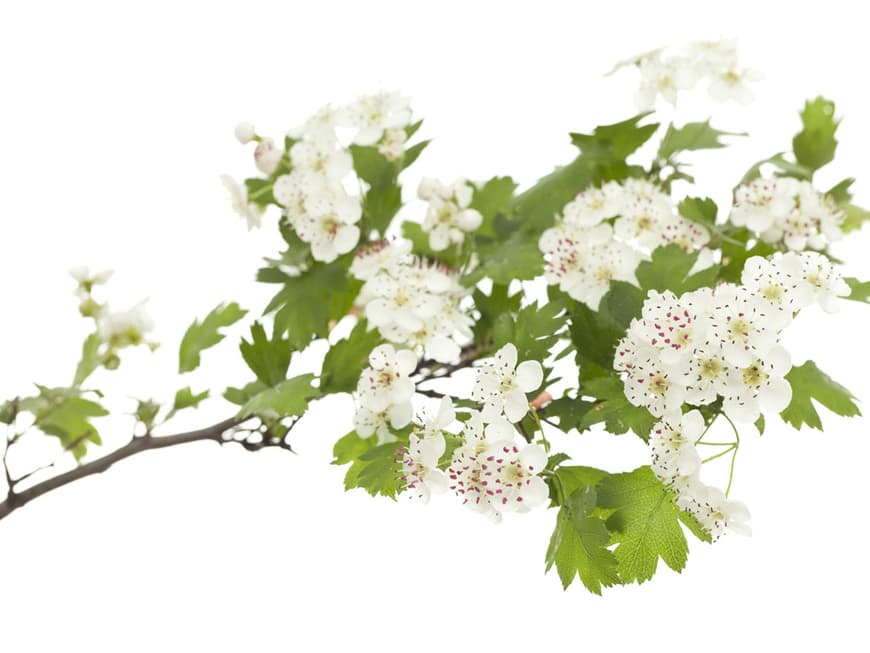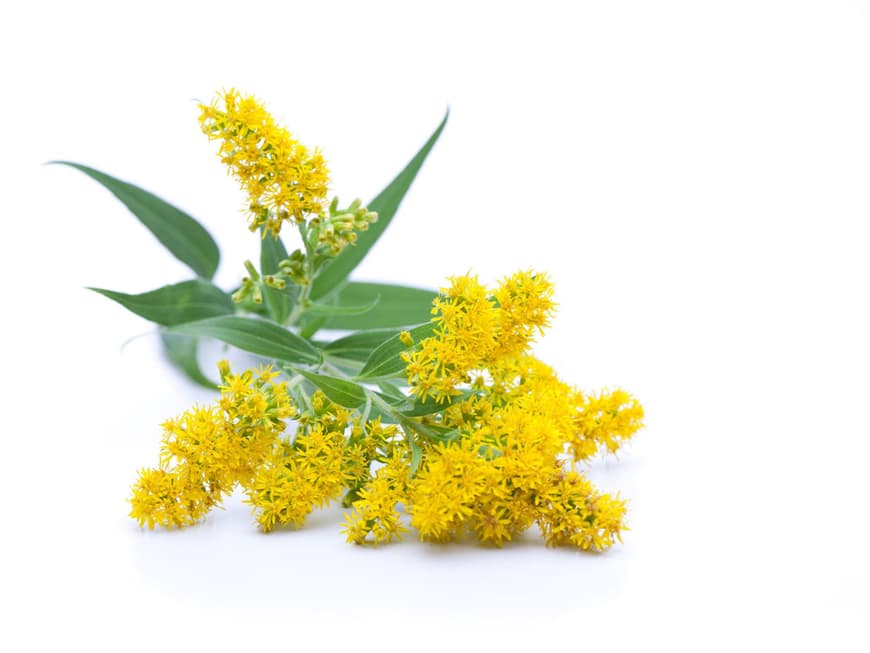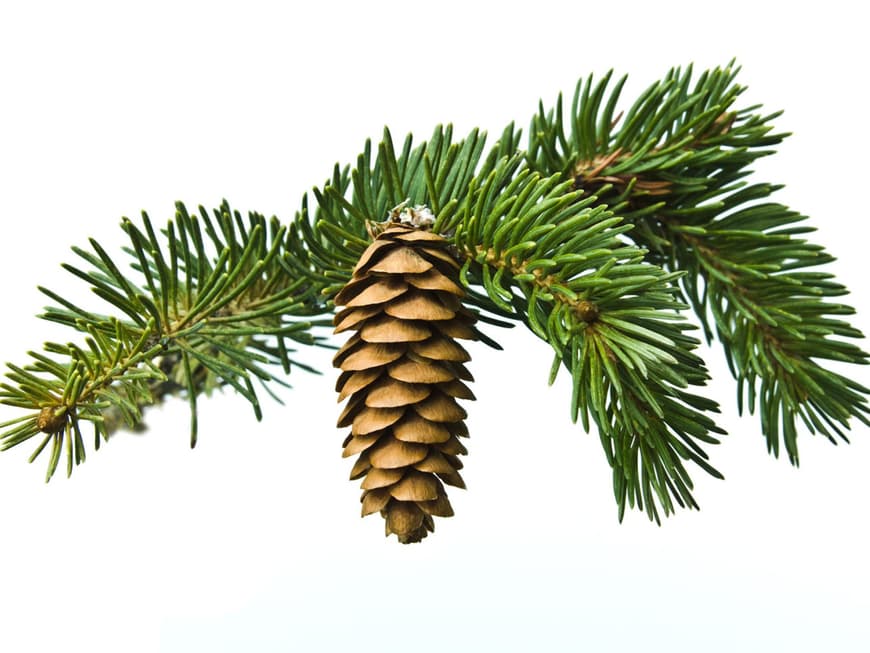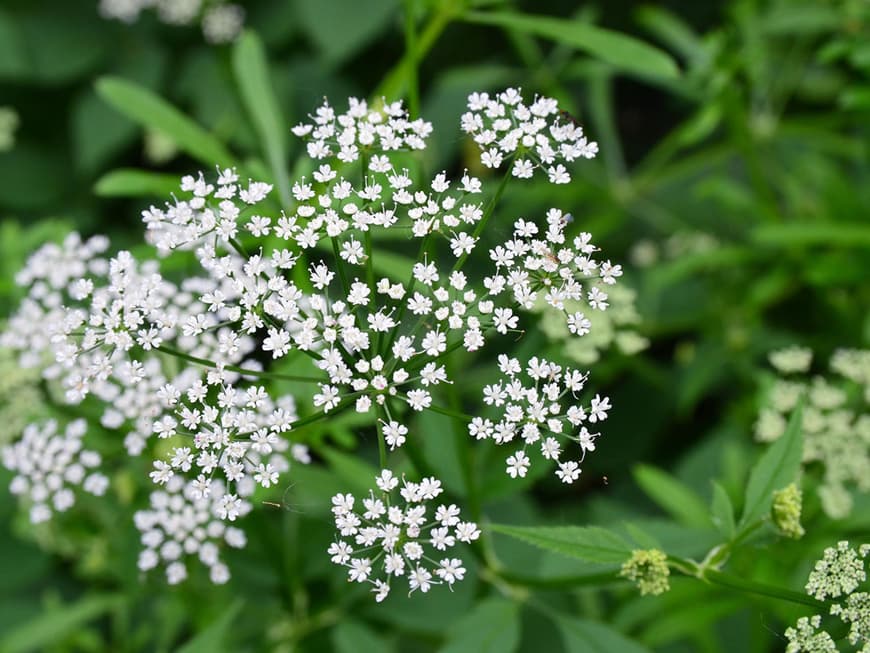Beware of dangerous mix-ups
When you go herb picking for the first time, you should have an identification book with you so that you don't catch an inedible doppelganger instead of the plant you are looking for. The best time to pick herbs is in the morning after the dew has dried - the concentration of active ingredients in the herbs drops in the evening. Don't need roots? Cut the plant a few centimetres above the ground so that it can develop new shoots.
Process quickly to preserve the active ingredients
Sort out plants with pitting or insect eggs and avoid busy roads and fertilized fields. You can wrap the stems in a damp cloth for transportation. At home, you should process the herbs quickly. Slightly moistened, but not yet washed, they will keep for around three to four days in a food storage box in the vegetable compartment of the fridge.
Ribwort plantain
Anti-inflammatory active ingredients make it an effective cough suppressant. Children also like it as a syrup.
HERE'S WHERE TO FIND IT: It thrives in lush meadows, along paths and in fields. It flowers until September.
APPLICATION: Boil 1 handful of leaves with 500 ml water, leave to infuse for 30 minutes, strain. Reduce brew by half, cool to 40 degrees. Add 175 ml of forest honey and stir. Pour into a bottle and store in a cool place. 3 times 1 tsp.
Hawthorn
It is the medicinal plant of the year 2019: its valuable flavonoids and procyanidins strengthen and protect the heart, relieve restlessness and anxiety and make us more resistant to stress.
HERE'S WHERE TO FIND IT: The rose plant, which can reach tree size, can be found on forest edges, in hedges and gardens. Picking time: flowers until July, berries from September.
APPLICATION: Pour 200 ml of water over 2 teaspoons of leaves and, if necessary, flowers. Leave to infuse for 10 minutes, strain. As a cure for 3 months, drink 1 to 3 cups a day in sips.
Goldenrod
It has an antibacterial effect, inhibits inflammation and flushes out pathogens. This is why goldenrod is often used as an ingredient in tea blends for bladder and kidney problems.
HERE'S WHERE TO FIND IT: It is easy to spot in meadows thanks to its bright golden-yellow flower heads. It flowers from July to October.
APPLICATION: Hang plants up to dry as a bouquet. Strip off the dried leaves and flowers and store in a screw-top jar. Brew 2 teaspoons with 250 ml water, cover and leave to infuse for 10 minutes, strain. For acute cystitis, drink 1 cup up to 5 times a day, plus at least 2 liters of other liquid. If there is no improvement within three days, consult a doctor.
Spruce
The circulation-promoting substances in its needles can soothe sore muscles, strains and bruises.
HERE'S WHERE TO FIND IT: The evergreen tree likes to spread along the edge of forests. Its young shoots can be collected in spring.
APPLICATION: Cut the needles or green shoots into small pieces, fill a screw-top jar with them, pour clear alcohol with 40 % vol. or more (e.g. Doppelkorn) to the top. Close the jar and leave in a warm, sunny place for 3 to 6 weeks. Strain through a coffee filter and pour into a dark bottle. Rub the tincture into acute muscle pain.
Goutweed
For gardeners it is a weed, but in naturopathy it has long been valued as a remedy for rheumatism and joint pain.
HERE'S WHERE TO FIND IT: The plant with angular stems and small light-colored flowers grows in shady places, often near bodies of water. Collection time is May to September.
APPLICATION: Lightly crush the fresh herb until the juice comes out. Place on the painful area and wrap with a cloth. Apply up to 3 times a day for 20 minutes.
Mugwort
Hikers used to put the herb in their shoes to prevent fatigue. Even today it brings relief to heavy, swollen feet. However, if you suffer from a cardiovascular disease, you should consult your doctor before using it.
HERE'S WHERE TO FIND IT: The perennial grows up to one meter high on roadsides and fallow land. It can be picked from July to October. Be careful not to confuse it with the allergy-causing mugwort ambrosia! It is much smaller (often only 10 to 20 cm) and hairy on the upper leaves.
APPLICATION: Boil 2 handfuls of leaves with 3 liters of water. Strain, allow to cool to 37 degrees, bathe feet in the decoction for 10 minutes.
Chicory
Some people still know it under the name "chicory" as a coffee substitute. Compared to coffee beans, however, it is more stomach-friendly - its bitter substances stimulate the stomach, spleen, liver and gall bladder.
HERE'S WHERE TO FIND IT: As the name suggests, the plant, which can grow up to one meter tall and has bright blue flowers, is usually found along roadsides. The best times to collect it are March/April and October/November. It is best to pick young plants!
APPLICATION: Boil 2 teaspoons of chopped root in 500 ml of water, leave to infuse for 10 minutes, strain. Drink after meals if required.
You may also be interested in this:
Natural remedies: The right Bach flowers and globules for every complaint
Natural remedy for rheumatism: poison ivy alleviates discomfort
The great spring pharmacy: Gentle helpers from nature
Detox naturally: The 4 best detox herbs
CBD oil: What's behind the trendy active ingredient from the cannabis plant
Grape seed extract: Healthy and vital with plant substances
Alternative healing methods: What really helps?

